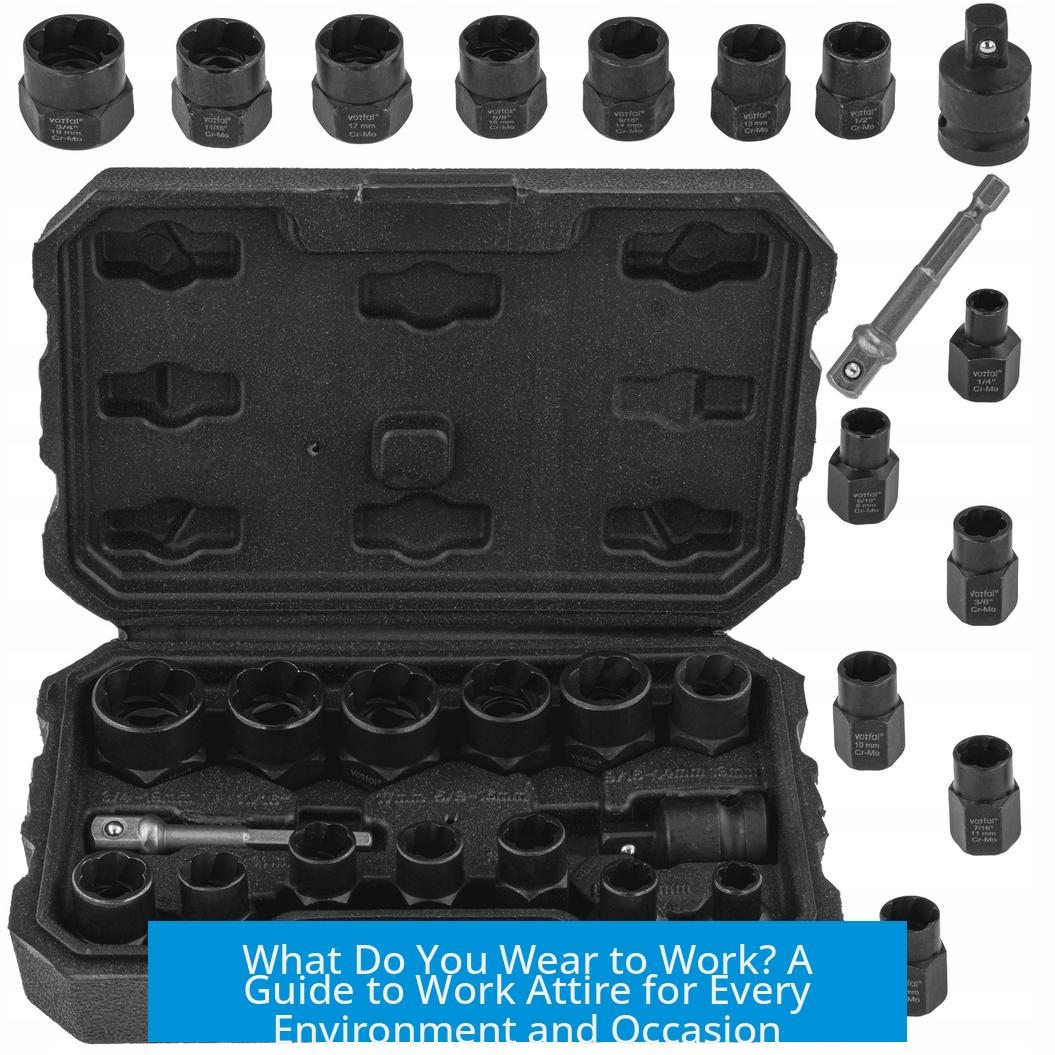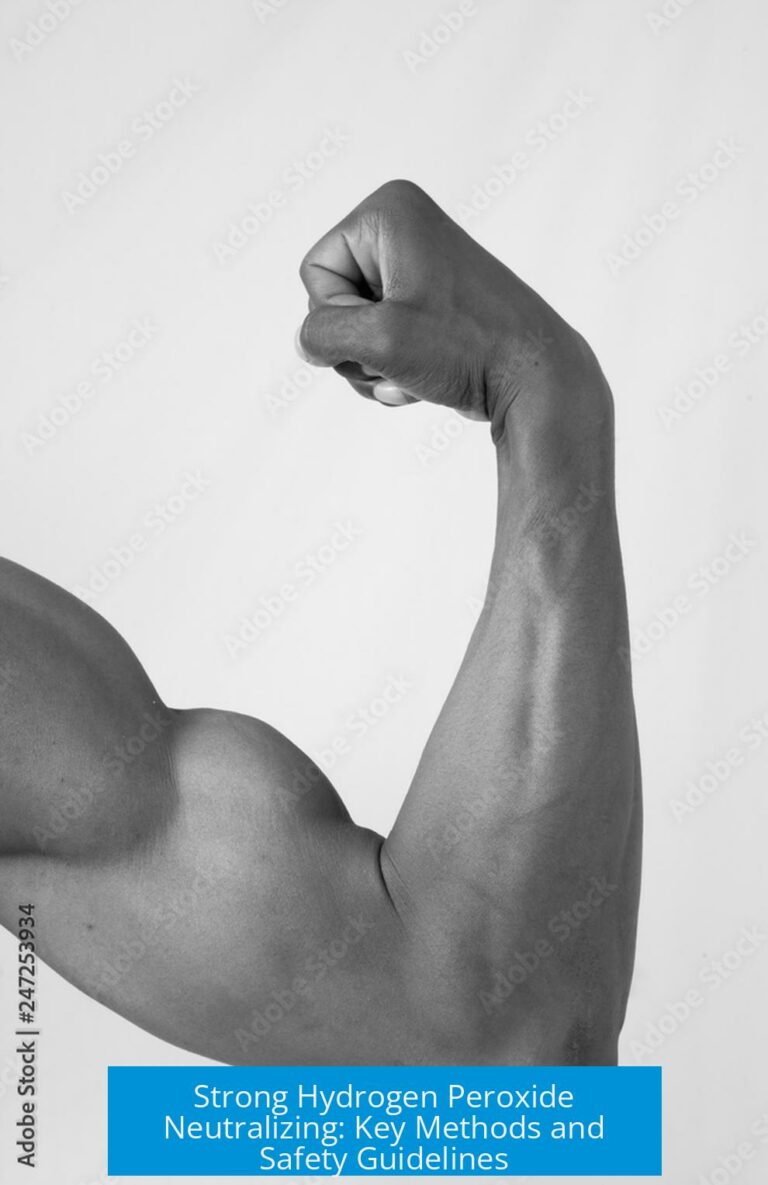What Do You Wear to Work? A Comprehensive Guide to Appropriate Work Attire
Choosing what to wear to work varies widely depending on the environment, job role, company culture, and safety requirements. The typical workwear ranges from casual jeans and t-shirts in labs or tech fields to business casual or formal attire for meetings and client interactions. Safety clothing, including lab coats, steel toe boots, and protective gear, is essential in industrial and laboratory settings. Understanding the context and adhering to company policies ensures comfort, professionalism, and safety while on the job.
1. Casual and Comfortable Daily Workwear
Many professionals favor casual clothing for daily work, especially in lab, research, or tech environments where functionality and comfort matter most. Jeans and t-shirts dominate as standard daily wear. Footwear varies between sneakers and steel toe boots depending on the workplace safety demands.
- Jeans and T-shirts: Most common, clean, with no rips or tears.
- Company T-shirts: Worn by employees for team identity and simplicity.
- Sweatshirts and Hoodies: Provide additional warmth and casual style.
- Band or Graphic T-shirts: Common in relaxed work cultures to express personality.
- Thrifted or inexpensive clothes: Preferred to avoid the risk of contamination or damage.
- Footwear: Sneakers are popular, whereas steel toe boots are a must for safety in certain workplaces.
Examples include wearing boots, jeans, and a company t-shirt on lab days or combining jeans with a casual button-down shirt. Some employees opt for more eccentric styles like tie-dyed shirts or Hawaiian shirts layered over graphic tees.
2. Protective and Safety Clothing for Lab and Industrial Environments
Safety dictates much of the work attire in labs and industrial plants. Protective clothing ensures employees avoid injury and contamination. It usually involves layering protective gear over everyday garments.
- Lab Coats: Often worn over daily wear when handling chemicals or biological samples.
- Steel Toe Boots: Provide foot protection from falling objects or harsh terrain.
- Closed-Toed Shoes & Long Pants: Minimize injury and exposure risks.
- Personal Protective Equipment (PPE): Includes safety glasses, gloves, hard hats, and sometimes Tyvek suits for highly controlled plant environments.
- Company-Provided Garments: Some employers supply uniforms such as steel toe boots, pants, shirts, and even lab coats to standardize safety and appearance.
For example, a person working quality control in plastic manufacturing may wear safety glasses, steel toe boots, blue jeans, a t-shirt, and a lab coat. Others might upgrade to Nomex coveralls and insulated gloves when electrical safety is a concern.
3. Business Casual and Formal Attire for Meetings, Conferences, and Client Interactions
Workplaces expecting interactions with clients, executives, or attending conferences usually require business casual or formal attire. This boosts the professional appearance and fosters respect.
- Business Casual: Slacks or khakis, dress shirts or polos, and occasionally blazers or sweater vests. Ties have become less common.
- Formal Wear: Suits mostly reserved for interviews, special presentations, or executive meetings.
- Footwear: Dress shoes or classy casual shoes appropriate for an office setting.
- Company Logo Shirts: Symbols of corporate identity during customer visits.
Individuals might wear slacks with a collared shirt and a blazer to conferences. For client visits, clean, neat button-down shirts tucked into slacks paired with dress or business casual shoes are standard. Generally, suits are not an everyday norm except for formal occasions like job interviews.
4. Variations Based on Role, Company Culture, and Location
Work attire reflects job function and company culture, which can vary internationally and by sector.
- Tech and Startups: Extremely casual; jeans and T-shirts dominate.
- Pharmaceutical Companies: East coast U.S. sites lean toward business casual, while West coast affiliates favor jeans and tees.
- Academic Labs: Casual clothing is typical in the lab, shifting slightly more formal for meetings.
- Management Roles: Often require slacks, button-downs or polos; dressier than laboratory roles.
- International Differences: European workplaces often reflect neutral tones, button-downs, and jeans or slacks with little variance except for senior roles or formal meetings.
Professionals often adjust based on hierarchical level or interaction type. Lab staff prioritize comfort and protection; office or client-facing workers emphasize polished business casual looks.
5. Personal Style and Exceptions
Some workplaces allow or even encourage expressive dress reflecting personal style.
- Unique Attire: Occasionally, workers wear elaborate outfits, such as colorful suits or distinctive accessories, while maintaining professionalism.
- Preparedness: Some prefer a sharp look to always be ready for unexpected meetings or presentations.
- Humor and Informality: Rare exceptions include humorous or unconventional dress, though these are not generally accepted standards.
One respected colleague famously wore bold colored skirt suits and stylish accessories daily. Others adopt humorous T-shirts or casual attire with an understanding of workplace boundaries.
6. Clothing Recommendations and Company Policies
Workplace policies and personal safety should dictate clothing choices.
- Lab Safety: Closed-toed shoes, long pants, and lab coats are essential to minimize exposure to hazards.
- Avoid Expensive Clothes: Use inexpensive or secondhand clothes to avoid loss from contamination or accidents.
- Lab Coats: Have several on hand, wash frequently, and keep spares for spills.
- Jewelry: Minimized or stopped completely to avoid safety risks.
- Observe Workplace Norms: Start with business casual for unknown environments and adjust by observing colleagues.
- Company Supplied Gear: Follow company guidelines when uniforms or PPE are provided.
Women working in plants should avoid skirts or open-toed shoes due to safety concerns, opting instead for long pants and sturdy footwear.
7. Common Clothing Items and Footwear in Work Environments
| Category | Typical Items |
|---|---|
| Footwear | Steel toe boots, sneakers, closed-toe shoes, Doc Martens, leather shoes, white Converse, flip flops (showering) |
| Tops | T-shirts (plain, graphic, band), polos, button-down shirts, quarter-zip sweatshirts, hoodies, blazers, sweaters |
| Pants | Jeans (preferably dark wash for meetings), khakis, slacks, cargo pants, scrub pants, heavy-duty work pants |
| Outerwear and PPE | Lab coats, company hoodies/shirts, Tyvek suits, heavy-duty coveralls, hi-vis vests, hard hats |
8. Practical Summary of Work Attire Advice
- Lab work prioritizes safety: wear closed-toe shoes, long pants, and lab coats.
- Daily lab attire generally consists of jeans and t-shirts or polos, clean and without damage.
- Dress up to business casual for meetings, client interactions, and conferences.
- Suits are rarely worn outside of interviews or formal presentations.
- Assess company culture during the interview and adjust clothing accordingly.
- Protect clothing from contamination by wearing lab coats and choosing inexpensive or company-provided garments.
- Comfort and safety override fashion, but professionalism remains important, especially in front-office and client-facing roles.
What is typical everyday workwear in lab or industrial settings?
Most wear jeans, t-shirts, and closed-toe shoes like steel toe boots. Safety gear such as lab coats or gloves is added as needed. Clothing tends to be practical and clean.
How does safety equipment influence work clothing choices?
Many jobs require steel toe boots, long pants, and protective items like lab coats or Tyvek suits. Companies may supply these to meet safety standards.
When is business casual or formal attire expected at work?
Business casual is typical for meetings or customer visits, including slacks and button-down shirts. Suits usually appear only during interviews or formal presentations.
How do roles or company culture affect work dress codes?
Startups and tech firms lean casual with jeans and t-shirts. Some industries hold to stricter safety or formality rules, leading to variations by job and location.
Can employees wear casual or thrifted clothing to work?
Yes, many choose thrifted clothes or casual shirts like band tees or hoodies if allowed. Comfort and cleanliness matter most when rules are relaxed.





Leave a Comment